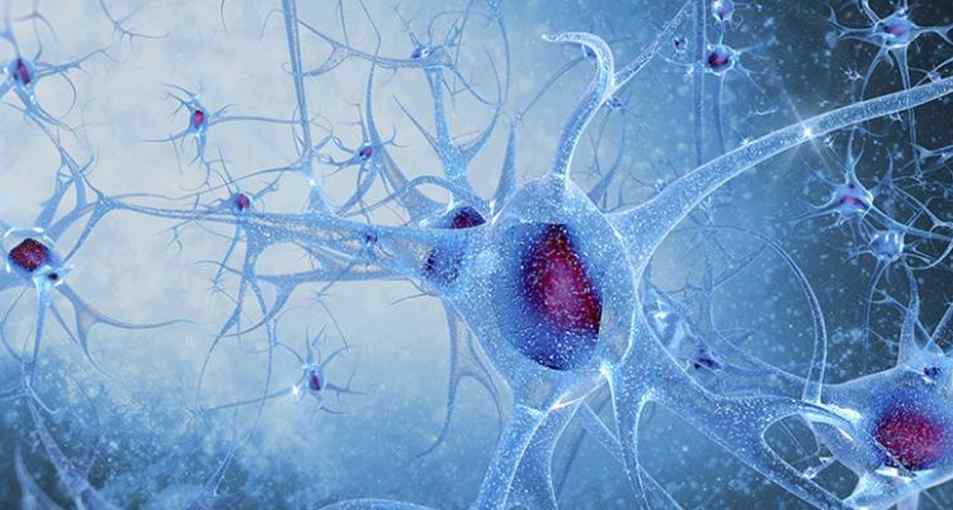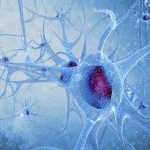LifeNet Health’s LifeSciences is unveiling the first and the only 3D, breakthrough, fully-human predictive microtumor assay platform

The process of finding a new cure for a disease, such as cancer, is long and expensive, costing researchers and companies millions of dollars with no guarantee of success. In most cases, scientists and researchers begin with as many as 10,000 compounds and test them for about seven years. The search then proceeds to the clinical trial stage, which goes on for another six years. One of the possible outcomes is that the new drug does have the desired therapeutic effect along with undesired cell toxicity. In that case, such a compound will then has to be abandoned. However, what if the undesired toxicity could be predicted much earlier in the drug development process? That’s where bioassay comes in and that is precisely why a bioassay is used. A bioassay is an experimental test performed on a biological system to determine the effect and efficacy of a new drug or molecule. It is an analytical method to determine concentration or potency of a substance by its effect on living cells or tissues. Bioassays were used to estimate the potency of agents by observing their effects on living animals (in vivo) or tissues (in vitro).
Virginia-based LifeNet Health’s LifeSciences is a 30-year old non-profit company that helps save lives, restore health, and give hope to thousands each year. It is the world’s most trusted provider of transplant solutions — from organ procurement to bio-implants and cellular therapies — and a leader in regenerative medicine, while always honoring the donors and healthcare professionals who enable healing. The company announced Monday that one if its division will feature its HuBiogel microtumor assay systems which are suitable for high-throughput screening of multiple classes of agents and biologicals, at the annual American Association for Cancer Research (AACR) meeting in Chicago.
LifeNet Health’s HuBiogel microtumor system is the only 3D fully-human tissue-like bioassay platform. It provides investigators a vital tool for accelerating preclinical research and drug development. This cell-culture technology is an in vitro biology platform that replicates how cancer cells react to drug treatments in vivo. Unlike common 2D systems, 3D human tumor models enable precise, biologically accurate analysis of multiple endpoints crucial for preclinical and translational oncology programs.
“Our HuBiogel assay platform accelerates preclinical drug discovery and validation by offering a cost- and time-effective solution and benefits over other in vitro systems,” said Jingsong Chen, MD, General Manager of the LifeSciences Division. “We can test the efficacy and response of single or combination drugs with unprecedented precision. HuBiogel technology also accelerates translational drug discovery via integration with genomic and proteomic platforms.”
HuBiogel replicates the multicellular biology and microenvironment found in vivo, allowing the creation of fully-human microtumors with high correlation in functional, genomic and kinomic profiles with results from NCI-60 and PDx models. Its unique compositional and biological properties allow for proper 3D cell-cell and cell-matrix interactions and enable gene and biomarker expression as found in the human body.
“This milestone advancement signals LifeNet Health’s emergence in the field of oncology and cancer diagnostics,” said Rony Thomas, President and CEO of LifeNet Health. “Our development efforts are focused on supporting oncologists and their teams in the quest to provide the most effective therapy for each patient’s tumor traits by leveraging LifeNet Health’s technology infrastructure.”
LifeNet Health’s LifeSciences Division offers human tissue and cell-based in vitro biology platforms by leveraging its innovative, technology-driven transplantation and preclinical research programs. The LifeSciences Division’s vertically integrated human tissue recovery and cell preparation supports the increasing demands for human biospecimens, primary cells and hepatocytes for scientific research, drug discovery and safety testing. The application of three dimensional matrices and human cellular models will enable significant scientific improvements for more relevant biologic experiments.

